
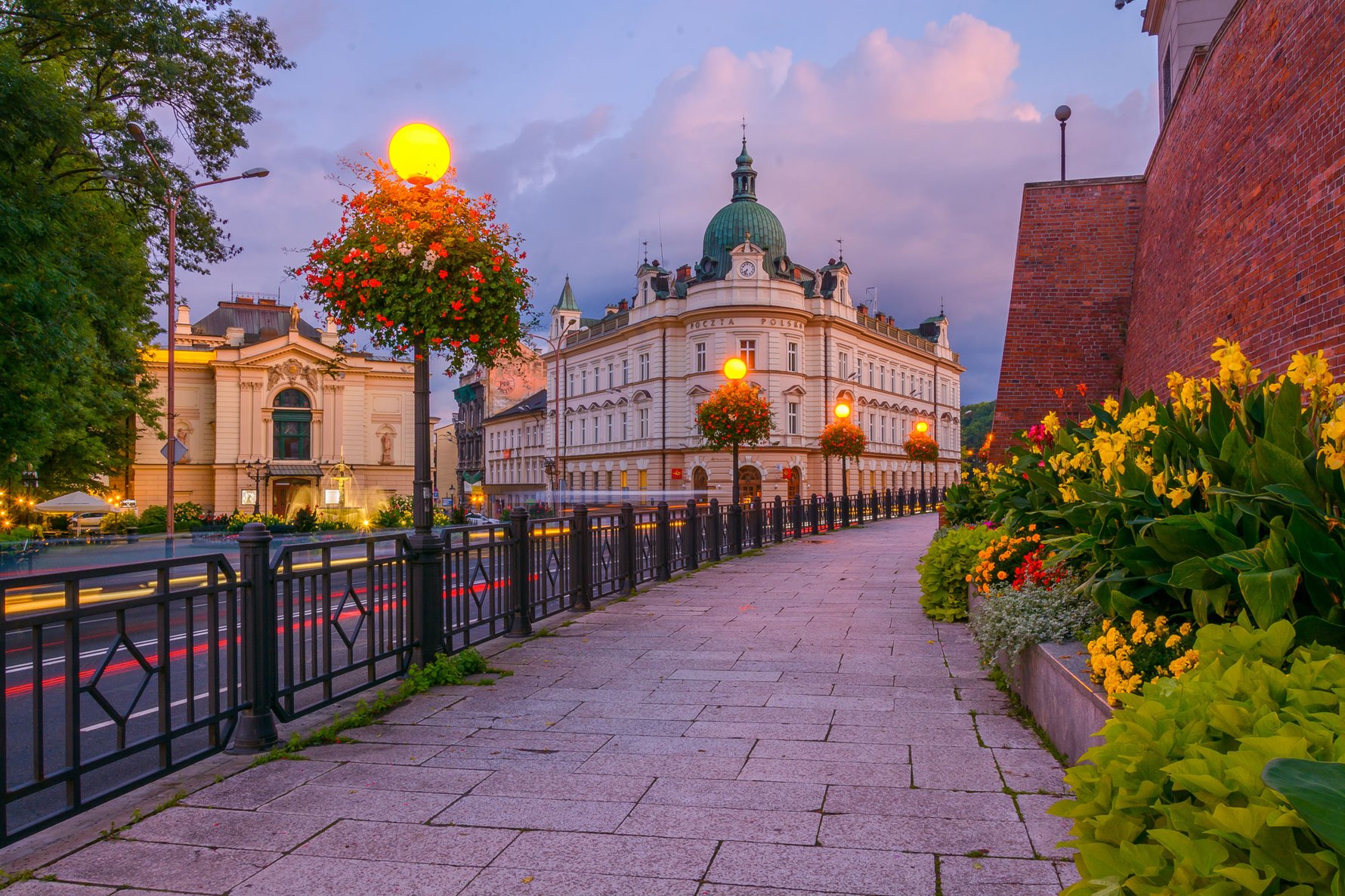
The Silesian Museum
Katowice
Before venturing out from Katowice, a visit to this institution is highly-recommended for understanding the spirit of the surrounding region. Built on the site of a former coal mine and part of Katowice’s cultural zone, the museum perfectly encapsulates the area's ability to honour its industrial past while embracing modernity. Much of the museum’s exhibition space is located underground, symbolically placing culture in the very ground once dug for coal. The architecture seamlessly combines glass and steel with remnants of the mining infrastructure, creating a visually stunning experience before you even step inside.
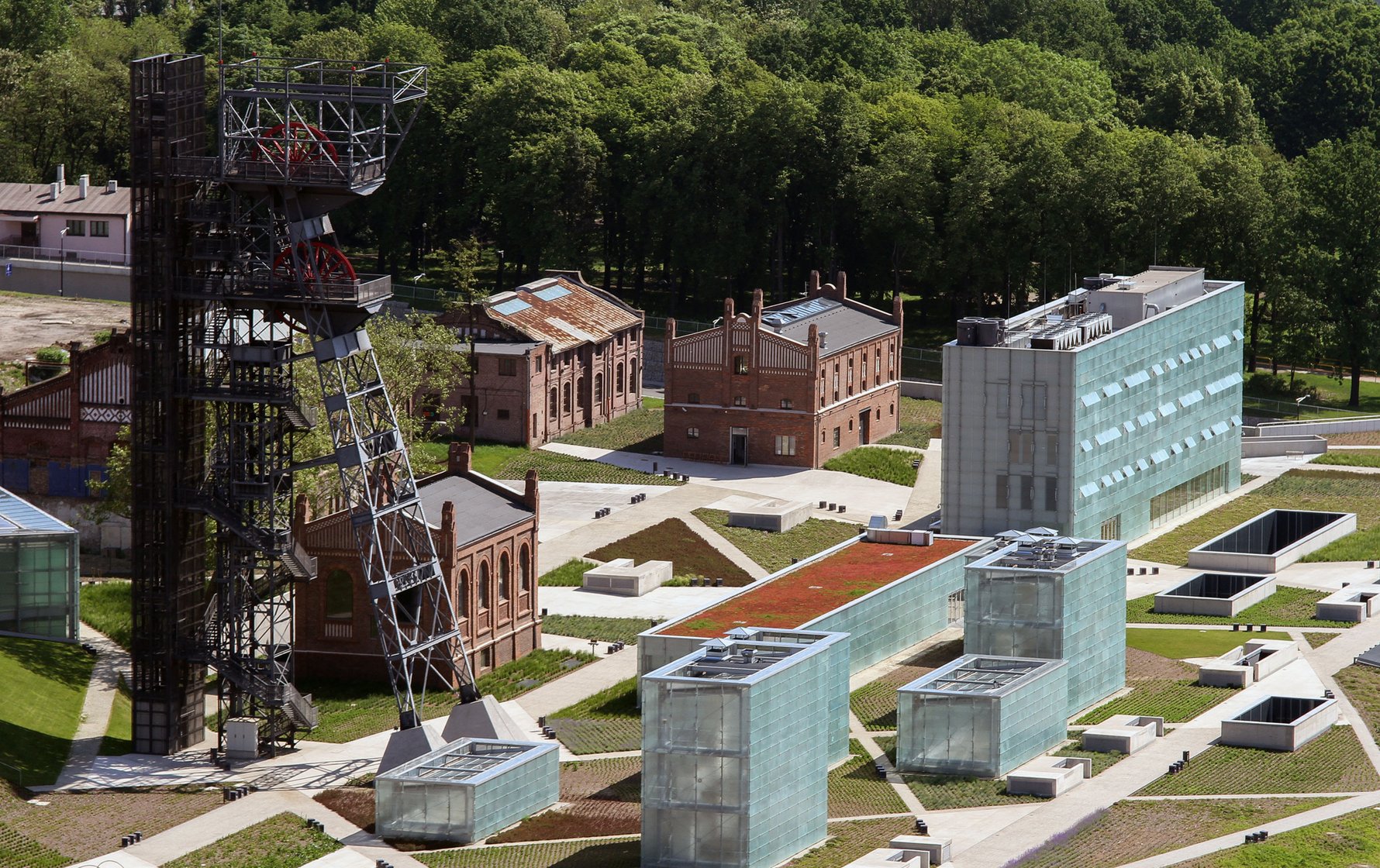
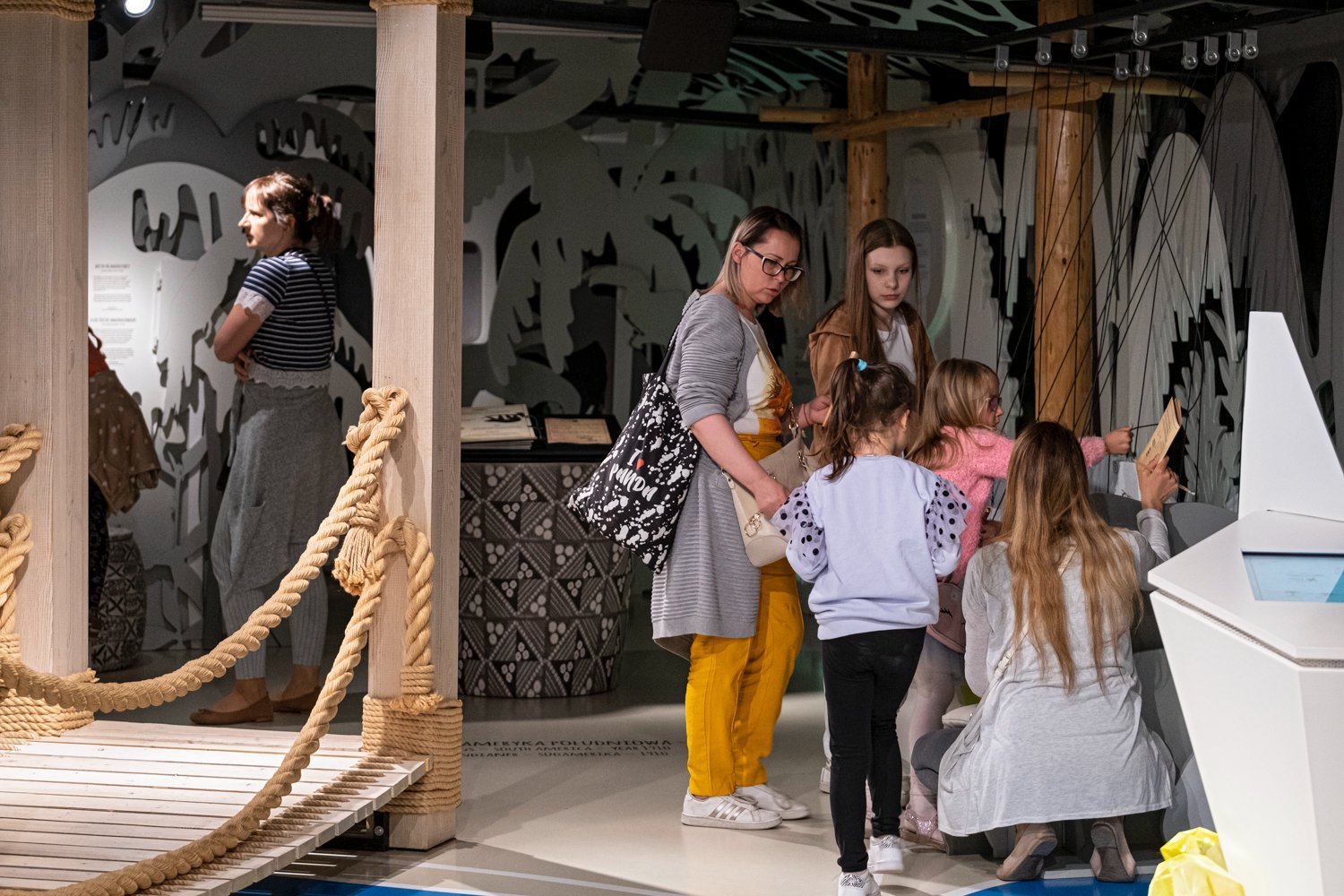
Nikiszowiec
Katowice
6.5km east of Katowice's city centre, Nikiszowiec is a former workers’ district that offers a rare glimpse into early 20th-century industrial urban planning, as well as remaining one of Silesia’s most photogenic and historically rich neighborhoods. Built between 1908 and 1912 to house coal miners from the nearby Wieczorek mine, this self-contained community was designed by Berlin architects Georg and Emil Zillman. It features distinctive red-brick buildings with red-framed windows, narrow streets, and arcaded passageways forming compact blocks around inner courtyards.
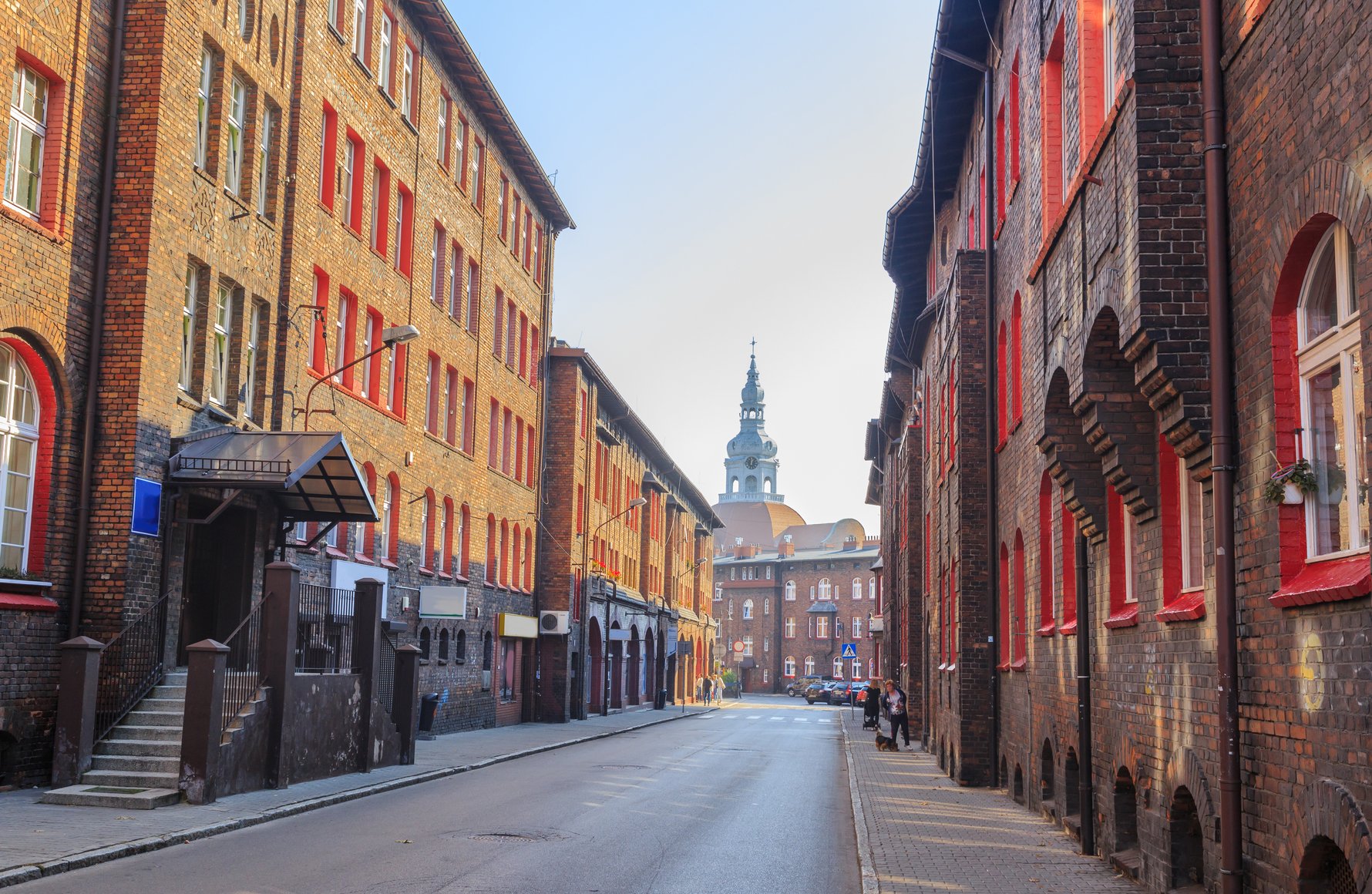

Ogrodzieniec Castle
Podzamcze
Ogrodzieniec Castle, located about 50km from Katowice in the village of Podzamcze, is one of Poland’s most breathtaking castle ruins. Perched at 504 meters above sea level on the highest point of the Kraków-Częstochowa Upland, it offers sweeping views and is surrounded by dramatic limestone formations known as inselbergs. Originally built in the 14th century under King Kazimierz as part of the Eagles’ Nests defensive chain, the castle was transformed into a Renaissance residence by the wealthy Boner family in the 16th century. Though repeatedly destroyed—especially during Swedish invasions—it remains an atmospheric and impressive site.


Guido Mine
Zabrze
Constructed in 1855, the Guido Coal Mine is an unforgettable journey deep beneath the earth’s surface. Adventurers don hard hats and descend 170 meters via a rattling cage elevator into a preserved world of coal mining history. The mine’s tunnels and shafts remain almost exactly as they were during the height of the Industrial Revolution, offering an immersive and gritty experience.
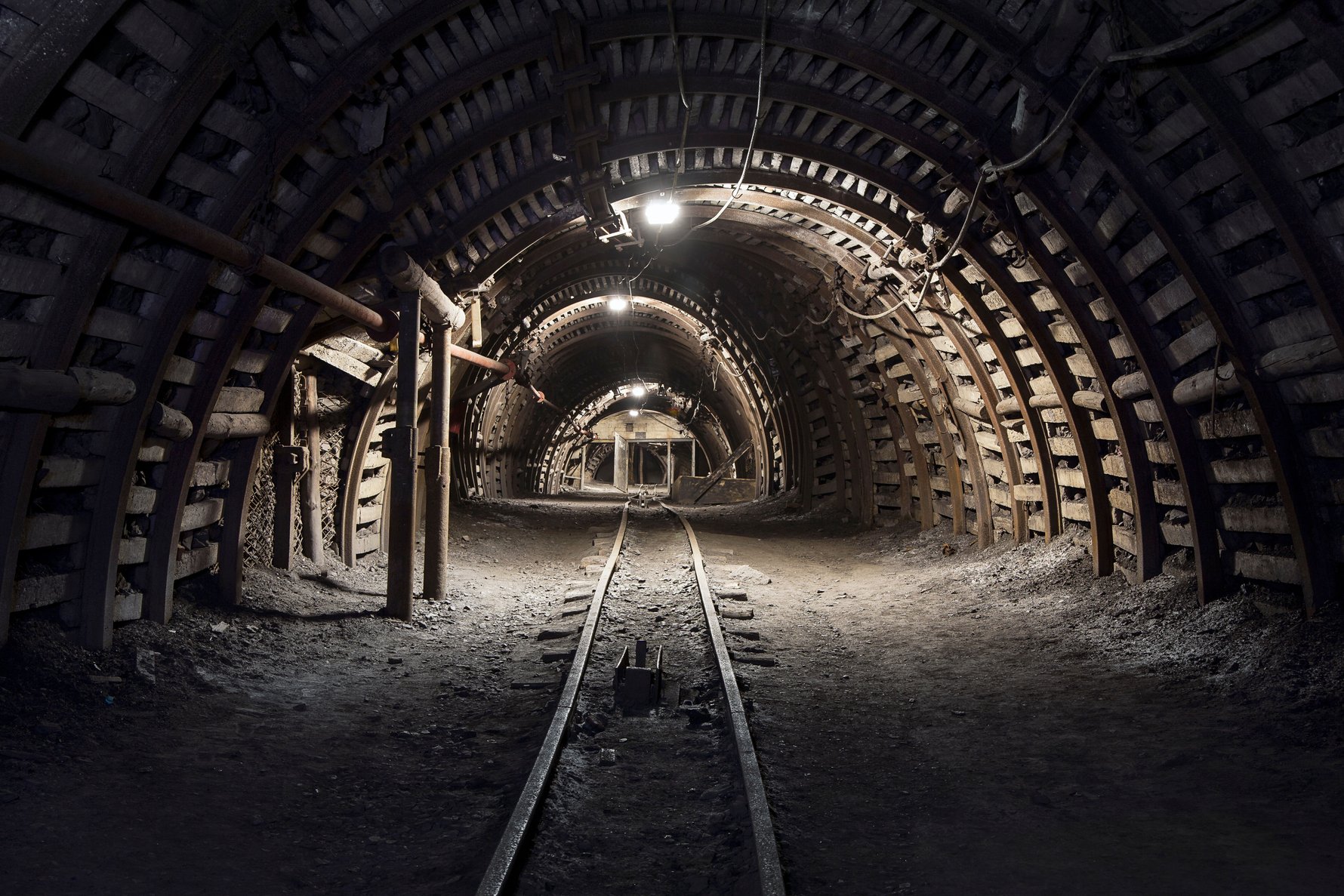
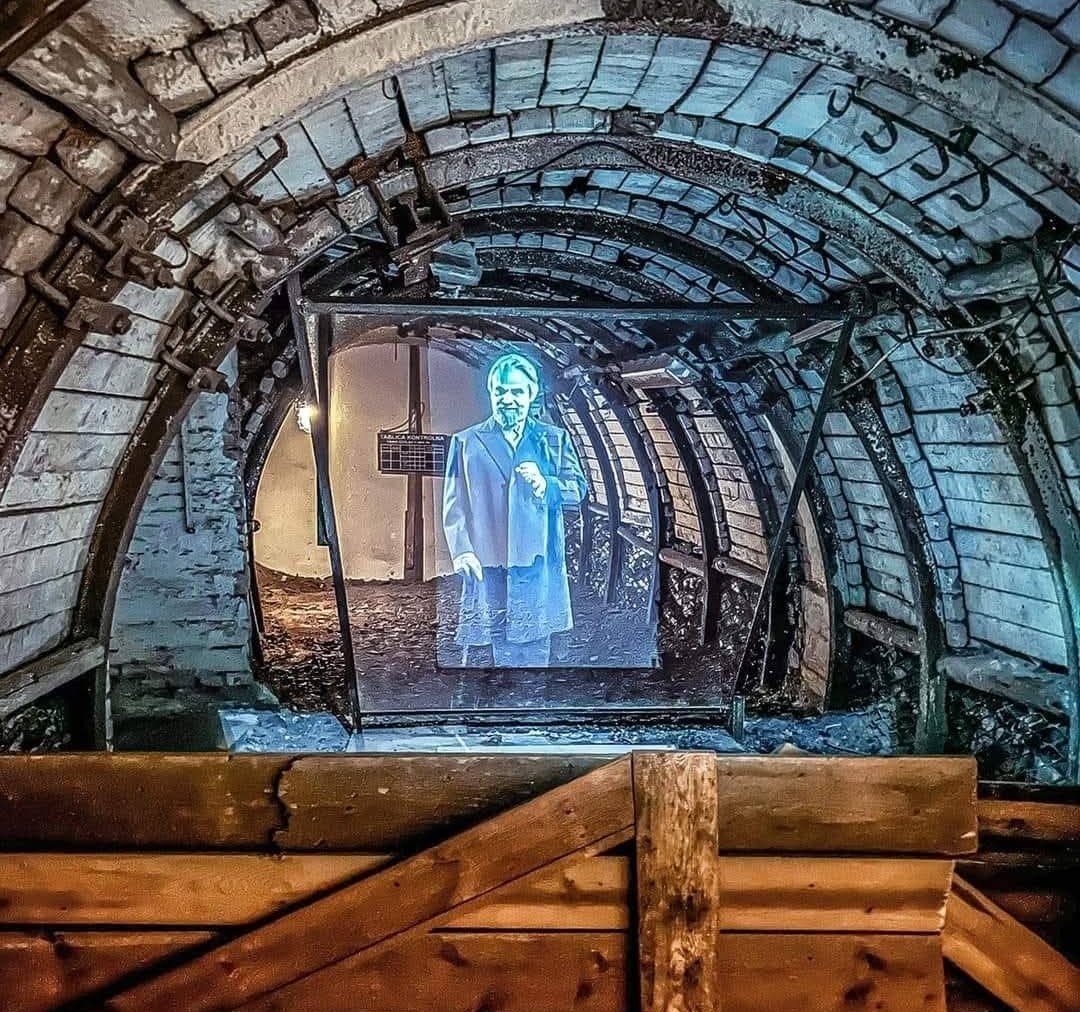
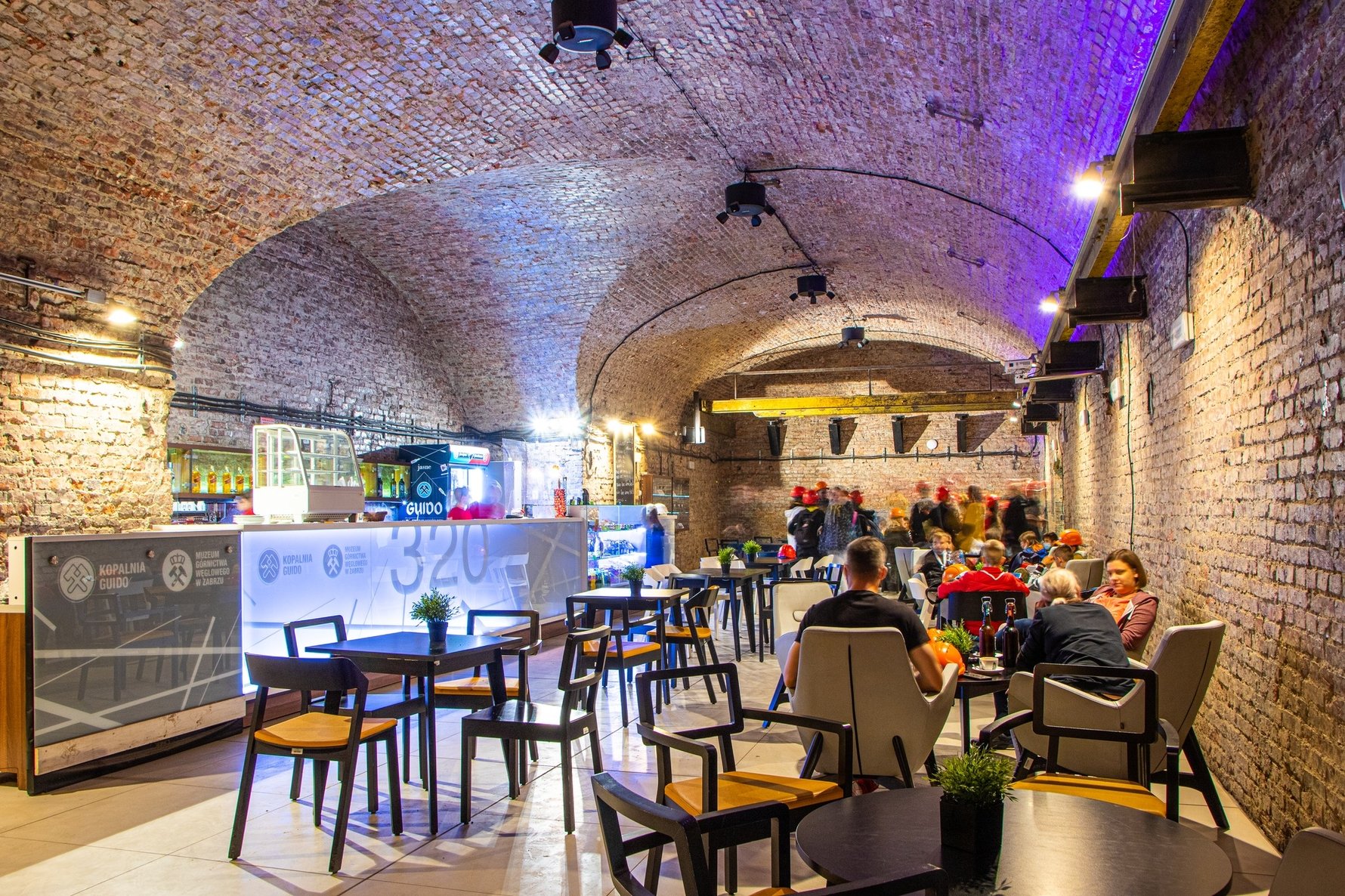
Jasna Góra & The Black Madonna
Częstochowa
Jasna Góra Monastery in Częstochowa is one of Poland’s most sacred religious sites and a key pilgrimage destination, even though it’s not officially part of the Eagles’ Nest Trail. Perched on a 340-meter limestone hill, this 14th-century Pauline complex houses the revered icon of the Black Madonna, believed by many to perform miracles and heal the sick. The Gothic Chapel of Our Lady, where the icon is displayed, dates back to the 15th century and is surrounded by offerings from the millions of pilgrims who visit each year.

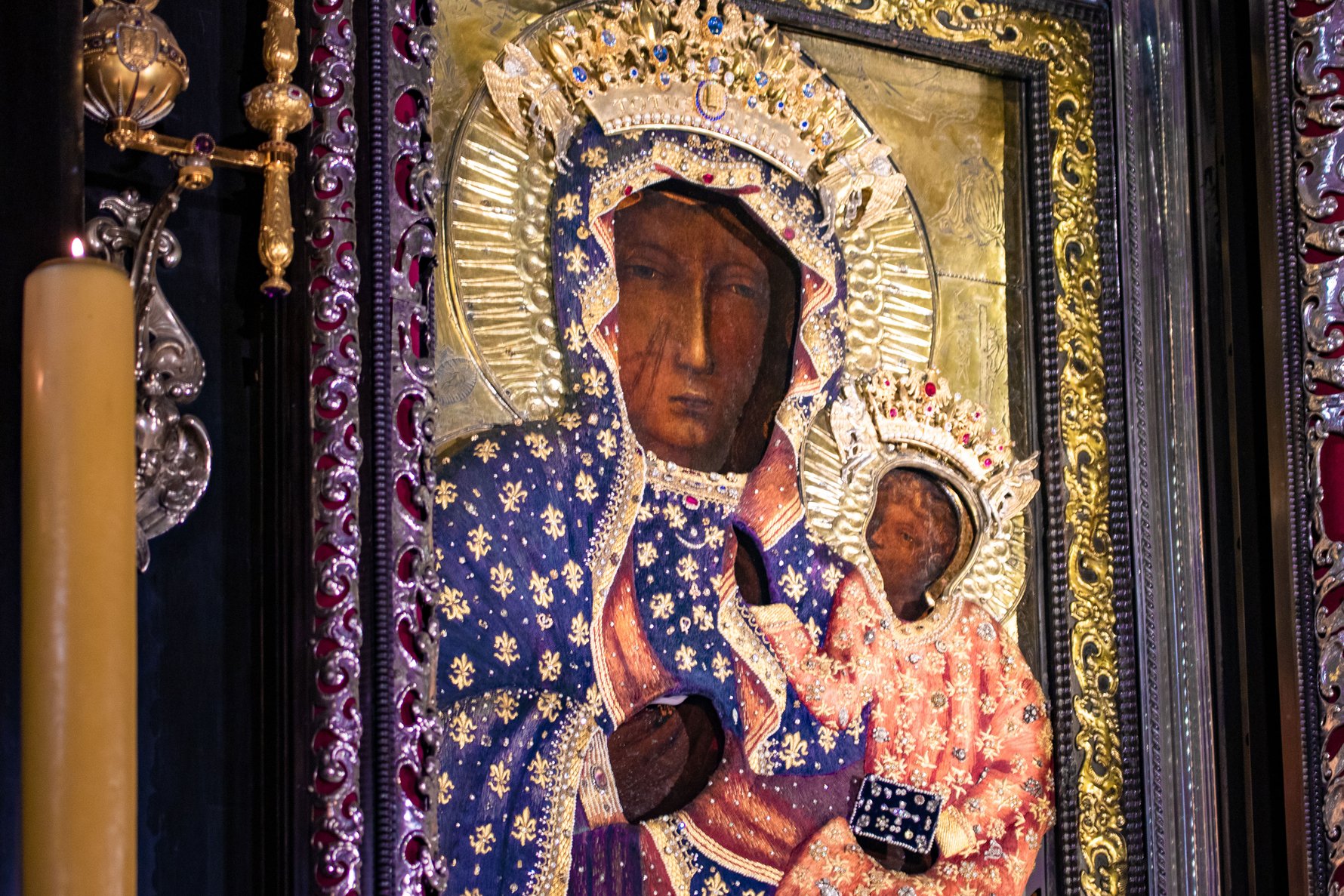
Żywiec Brewery
Żywiec
Those with their beer goggles may be drawn to a familiar name on the map of Upper Silesia – that of Żywiec. This small, picturesque town about 80 kilometres south of Katowice is home to a 13th-century castle, several fine cathedrals and a large protected landscape park in addition to Poland’s most famous brewery. Chosen for its crystal clear mountain waters, the Habsburgs (yes, they of royal origin) founded the brewery here in 1852, and the first batch was produced four years later. The brand developed into a symbol of national identity as exports began in 1913. Nationalised under communism, the brewery was acquired by the Heineken group after a drawn out court battle and was thoroughly modernized in the 90s.




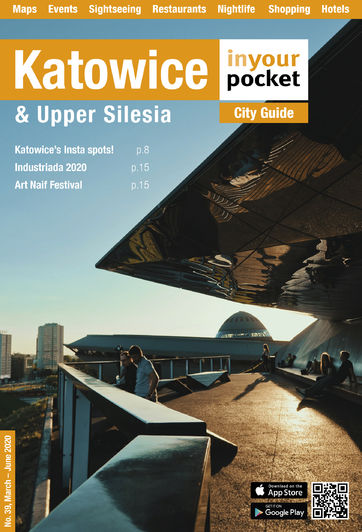
Comments